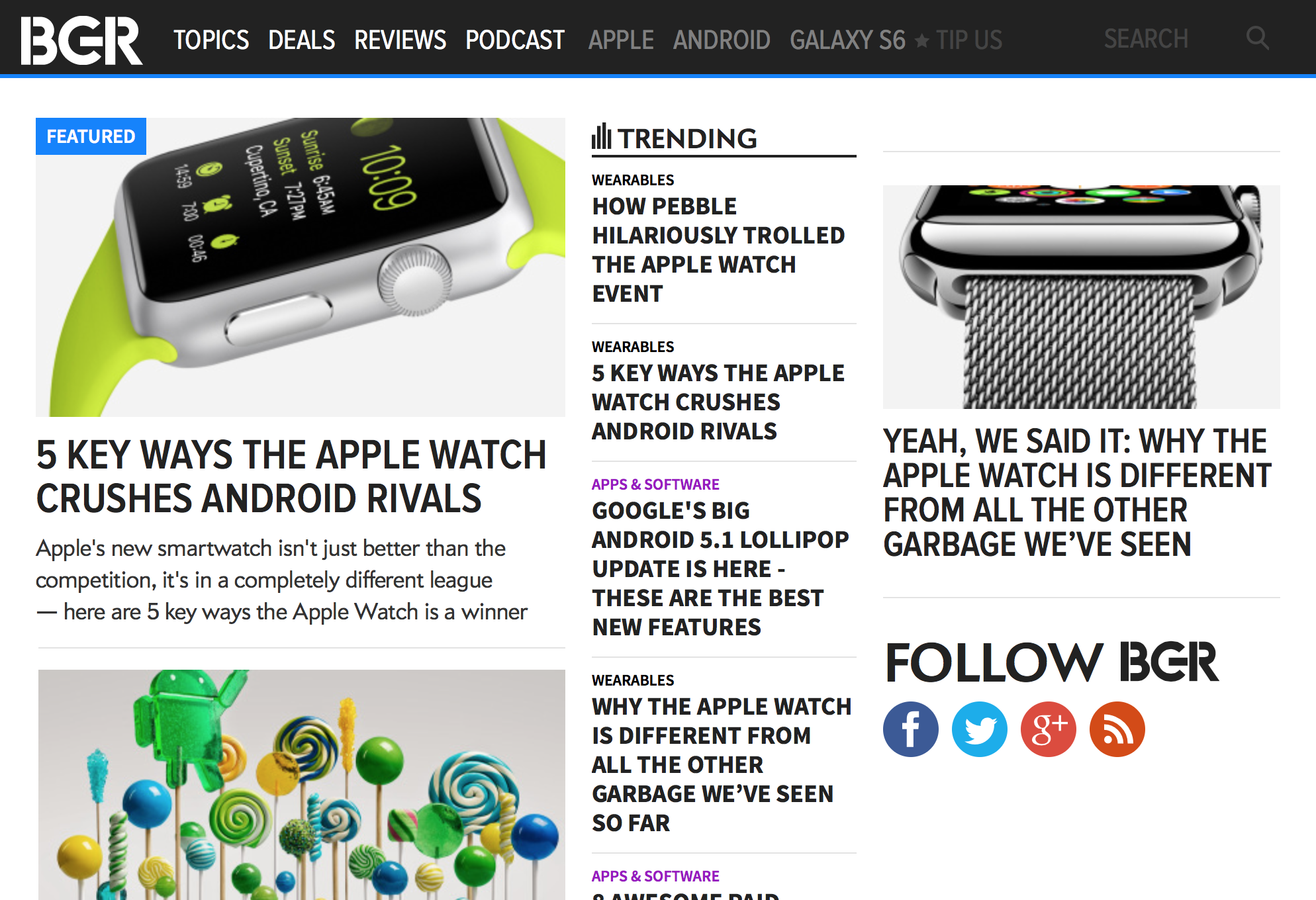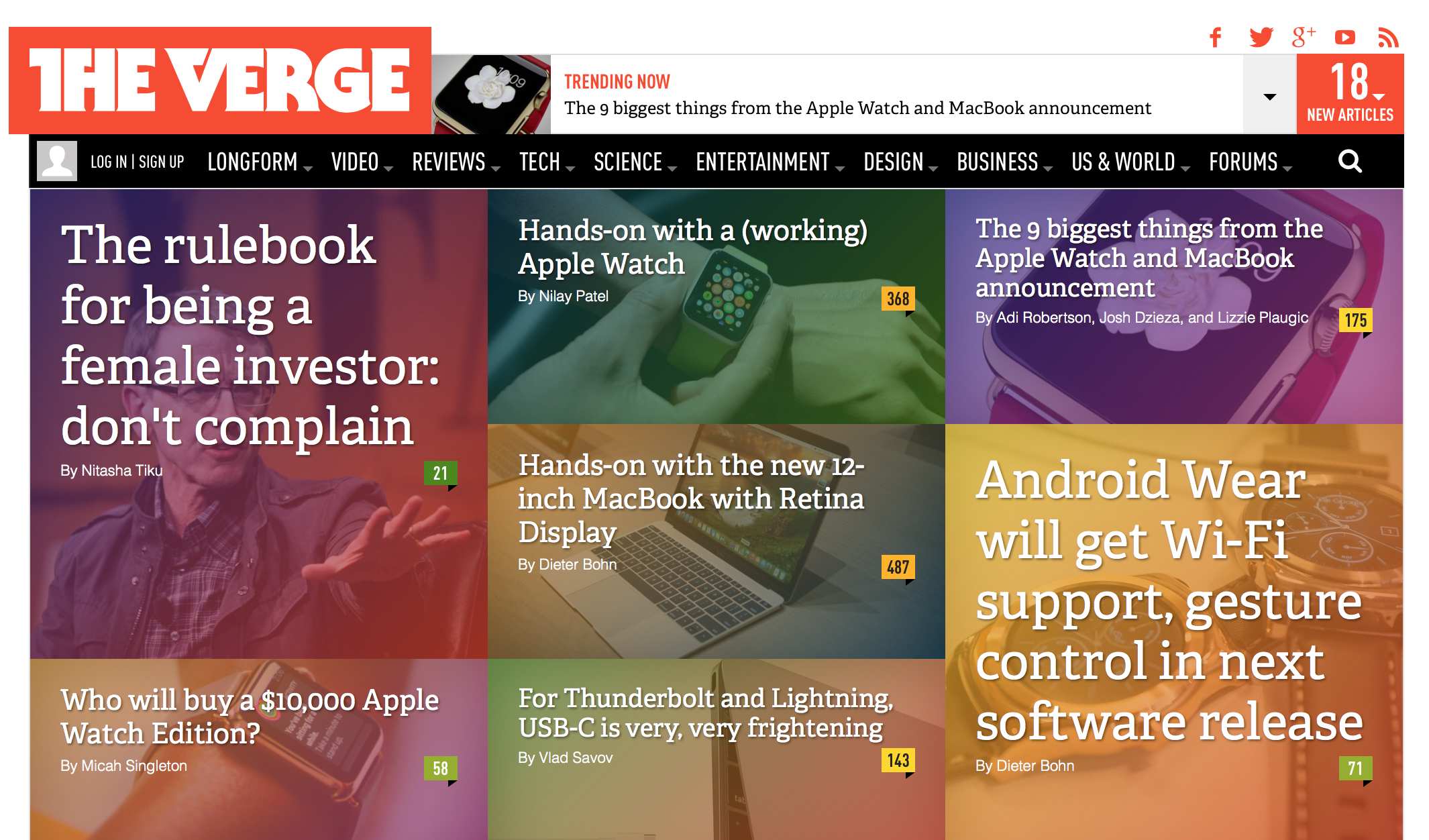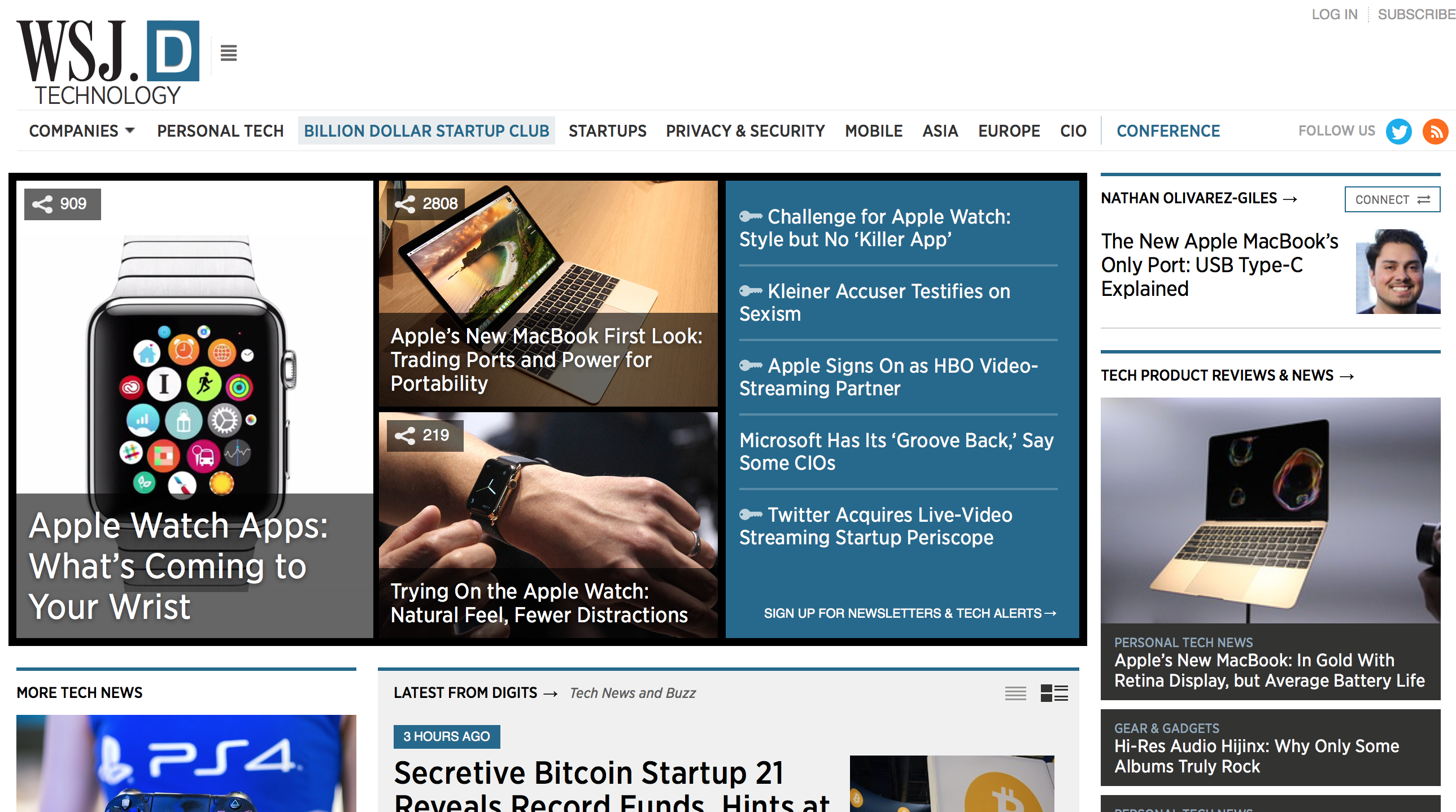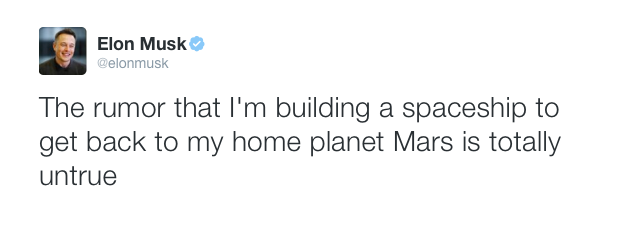Art has squarely met science in the modern practice of digital marketing, ushering in new forms of collaboration among marketers, agencies and technologists. Successful campaign execution now requires as much deftness with data and analytics as it does with creative and media planning disciplines.
This approach isn’t entirely new, however.
For decades, marketers have used consumer insights to inform creative and communications strategies, and relied on data signals to understand, target and measure audience reach. This is still true today, but with a twist: the shift towards auction-based buying of media formats such as search and video and automated trading of display media, has moved the industry to data-driven, technology-centric planning and buying modes.
But:
All this is not to say that human skills – such as judgement, creativity, storytelling – are any less vital to a great advertising campaign. Quite the opposite. Understanding people’s motivations, discerning consumer insights, creating compelling messages and delivering them across multiple channels and devices at appropriate intervals remain fundamental inputs to successful marketing communications.
—Eileen Naughton, Mad men, meet the algorithm: the art and science of modern marketing







